Home » Market Served » Cannabis Packaging » CBD Packaging
CBD Packaging
CBD packaging is a necessity for the growing cannabidiol market. Rinpac offers the best custom CBD packaging to ensure your brand gets rave reviews.
Please note that we have a MOQ for our pouch. For pouches in stock, the MOQ is 500 pcs. For customized pouches, please see the MOQ as followed:
1, Digital Printing — 500 pcs
2, Gravure Printing — 5,000pcs
Rinpac assists you throughout your project: bag shape, material, thickness, capacity and printing options. Please contact us or mark your requirements on the inquiry quotation.
Order single or thousands of items at a time. Our warehouse and flexible shipping options are available for last-minute, deadline critical orders.
- Free Sample
*Customization is always available, please mark down your need in cart or just contact us.
Video
Request A Quote
Need something helped in a short time? We’ve got a plan for you.
Related Products
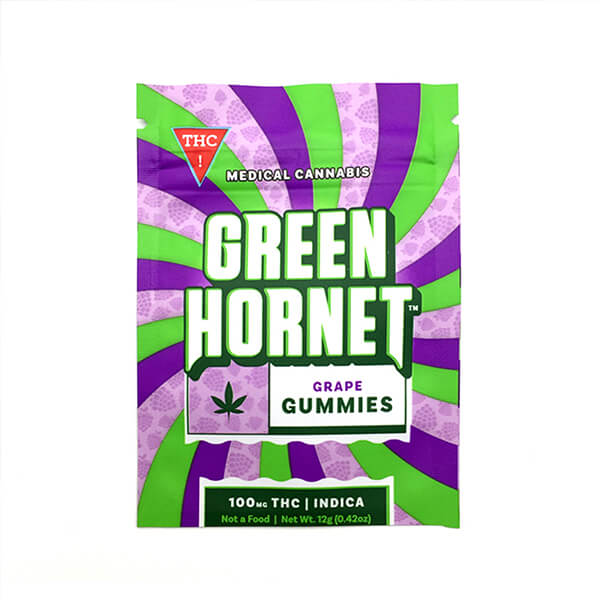
Cannabis Gummies Packaging
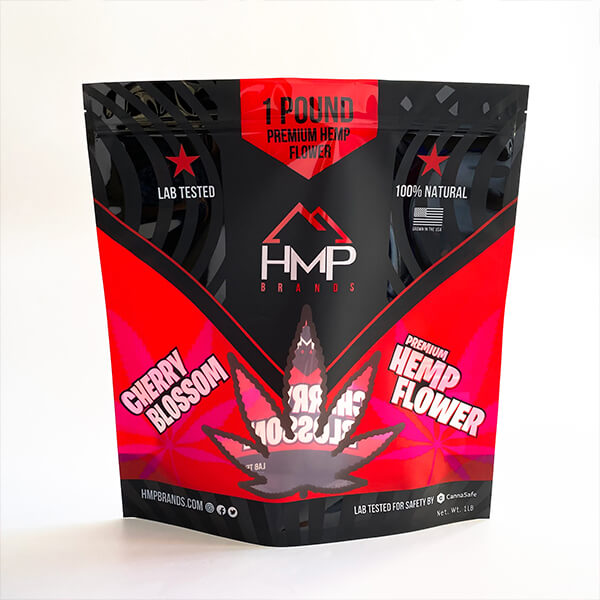
Cannabis Flower Packaging
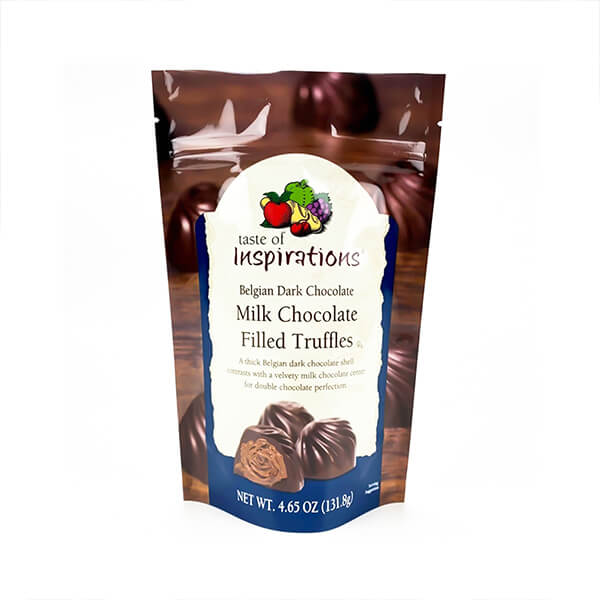
Cannabis Chocolate Packaging
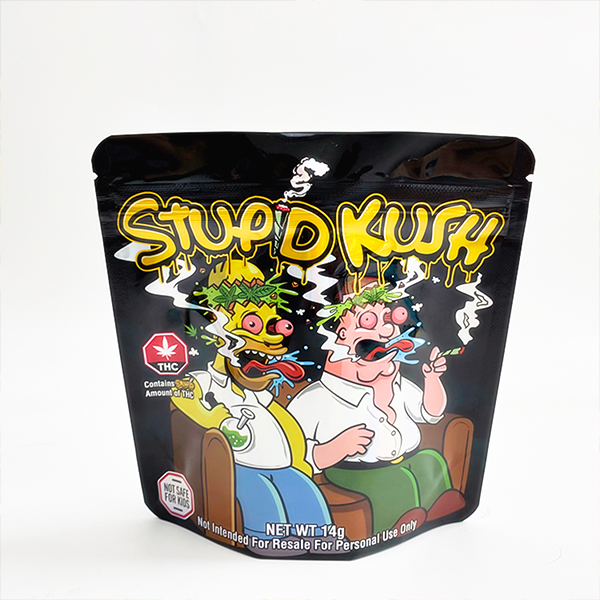
Edible Packaging
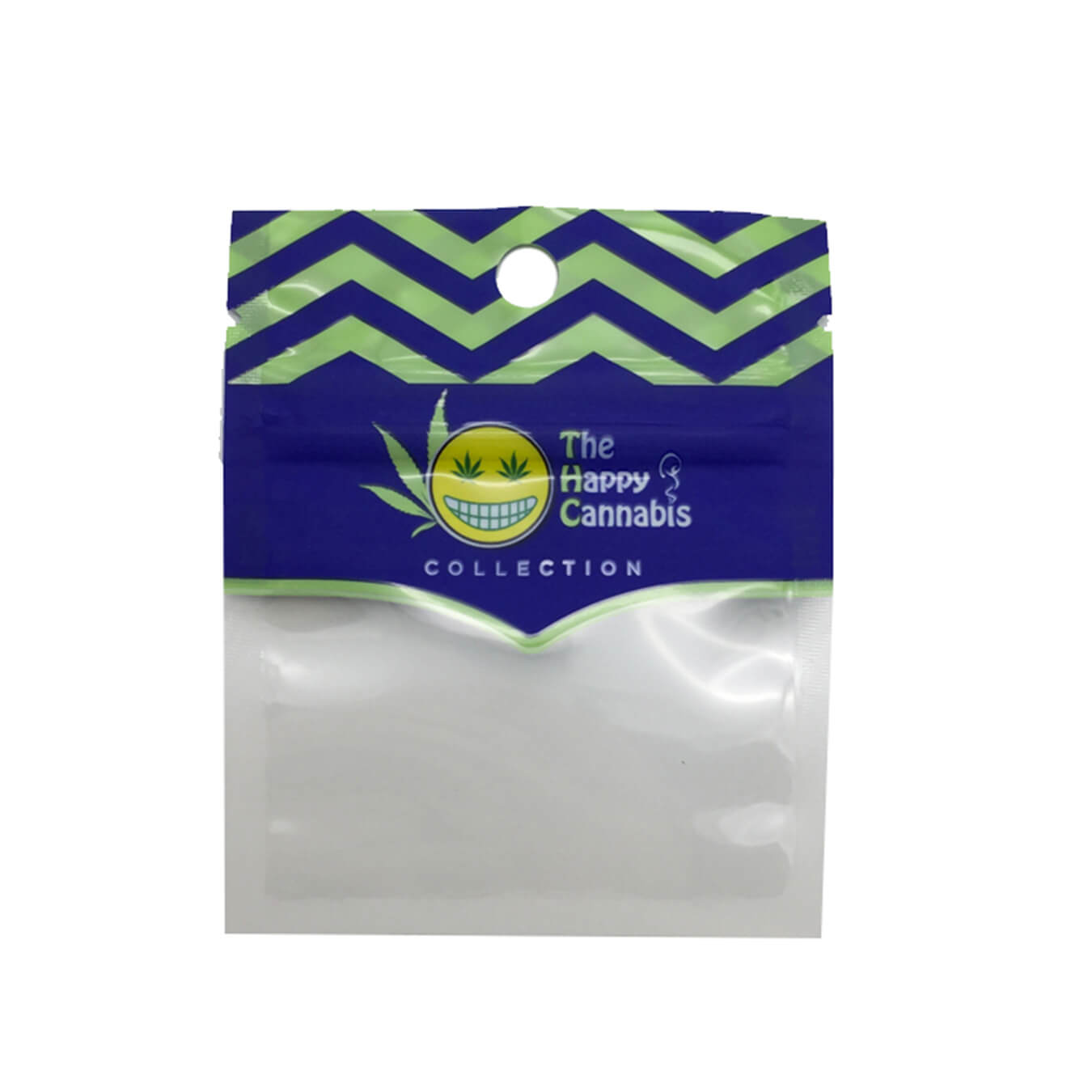
THC Packaging
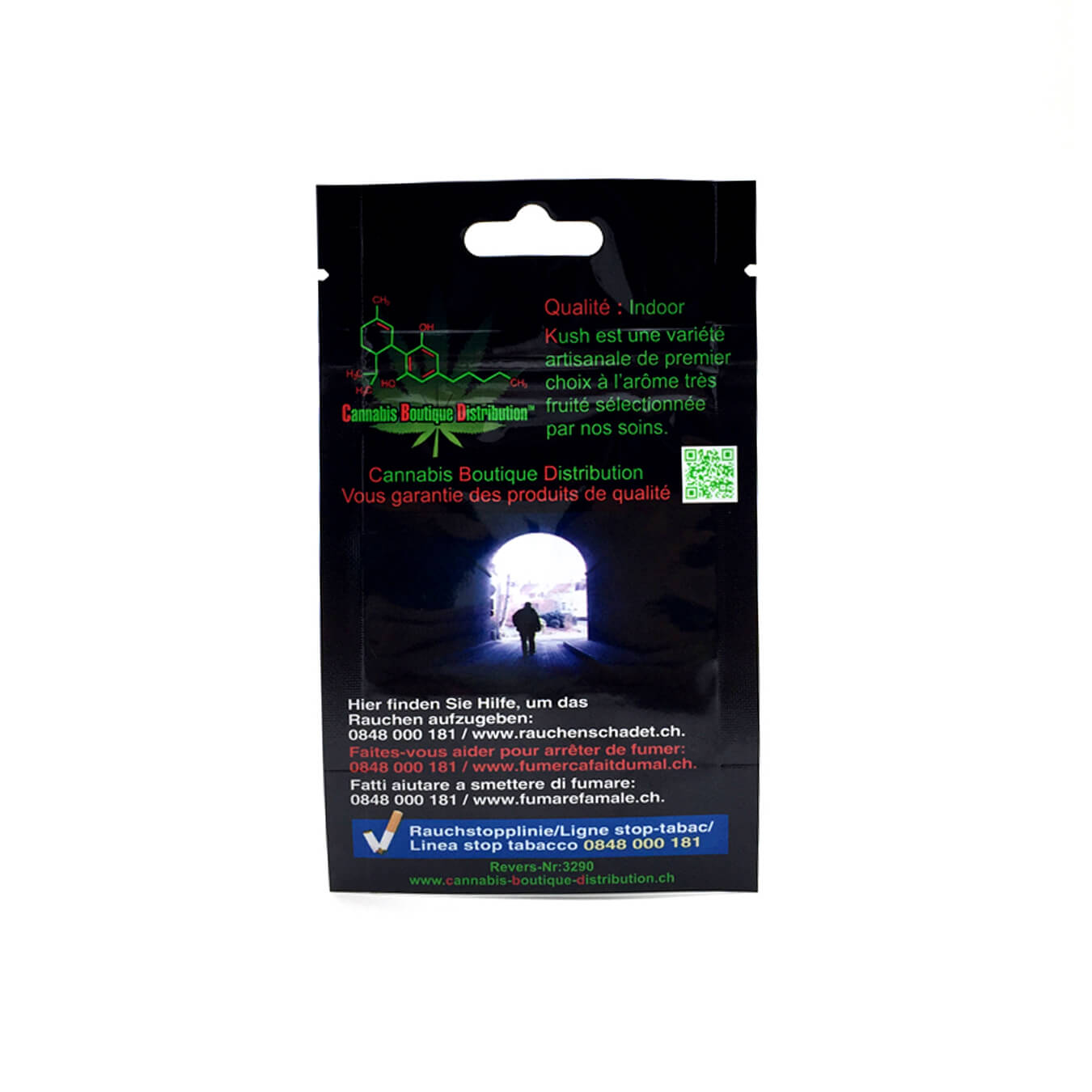
CBD Packaging
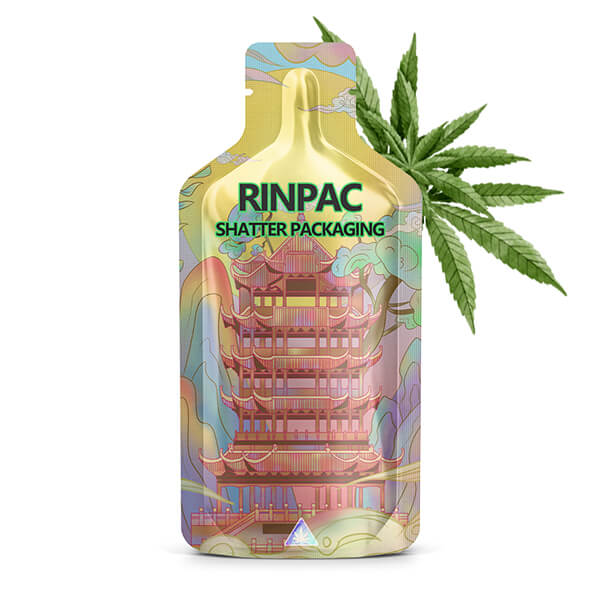
Shatter Packaging
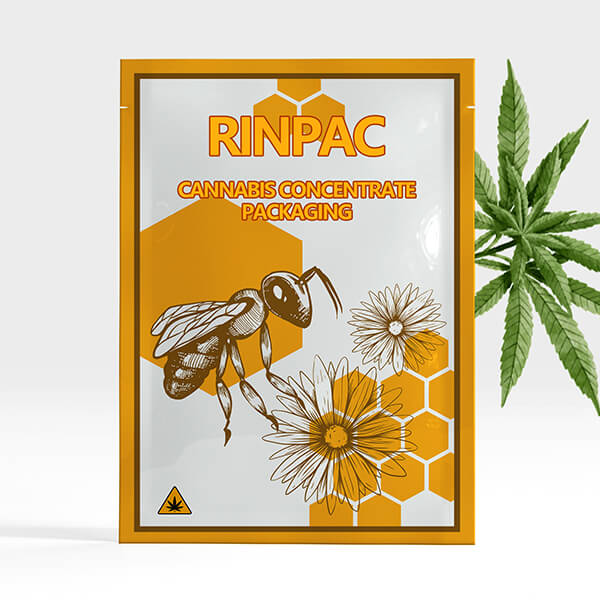
Cannabis Concentrate Packaging
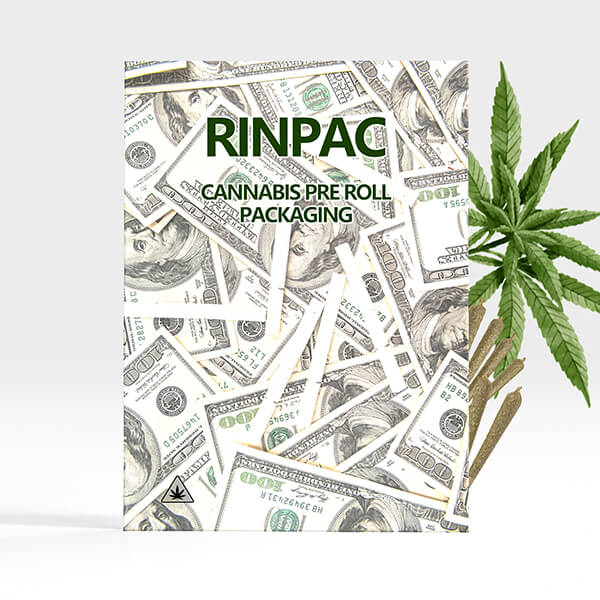
Cannabis Pre Roll Packaging
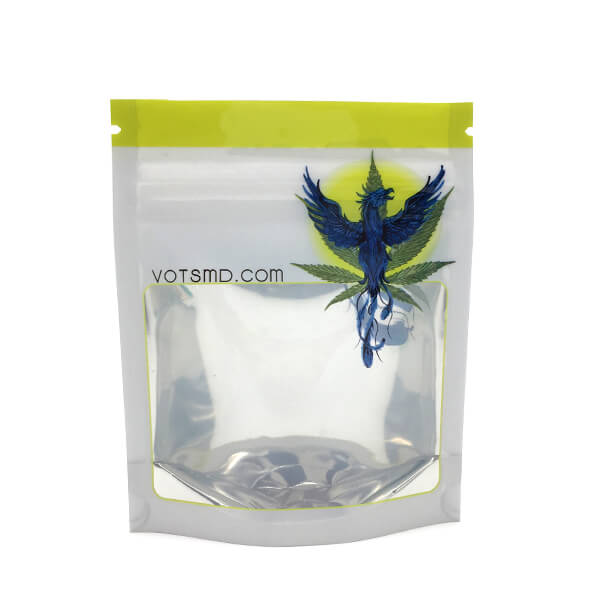
Dispensaries Packaging
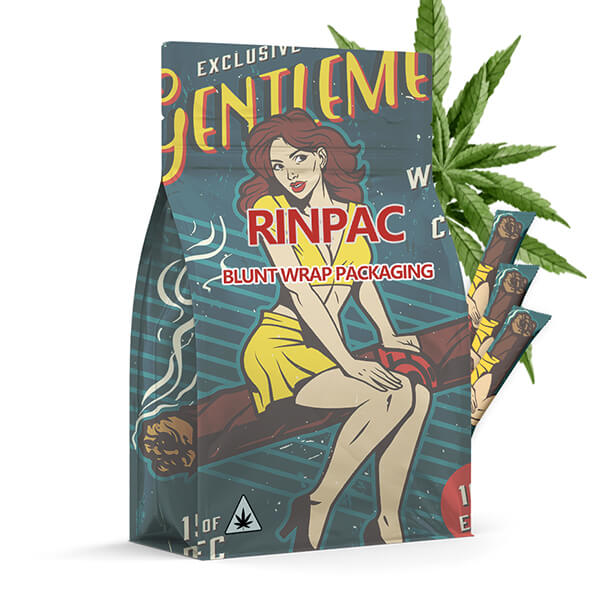
Blunt Wrap Packaging
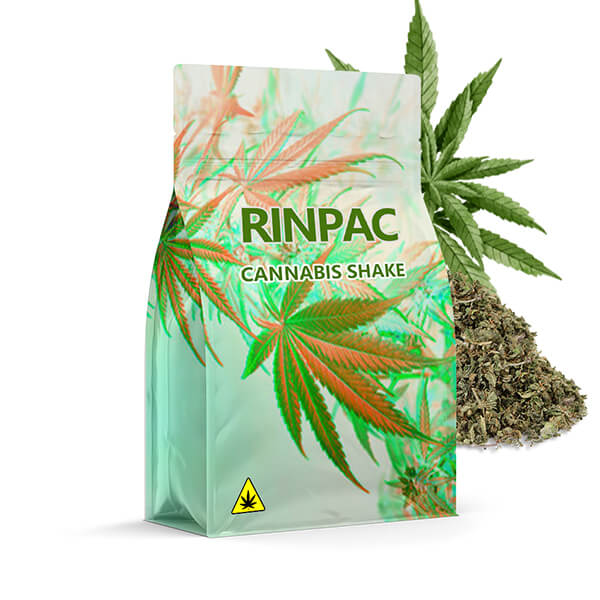
Cannabis Shake Packaging
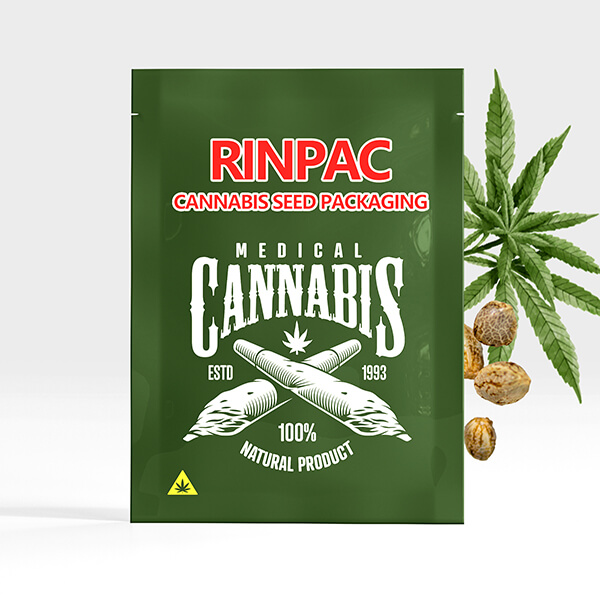
Cannabis Seed Packaging
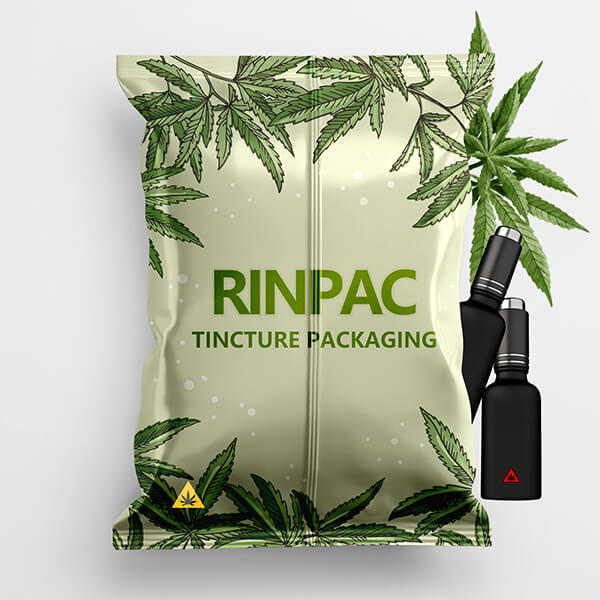
Tincture Packaging
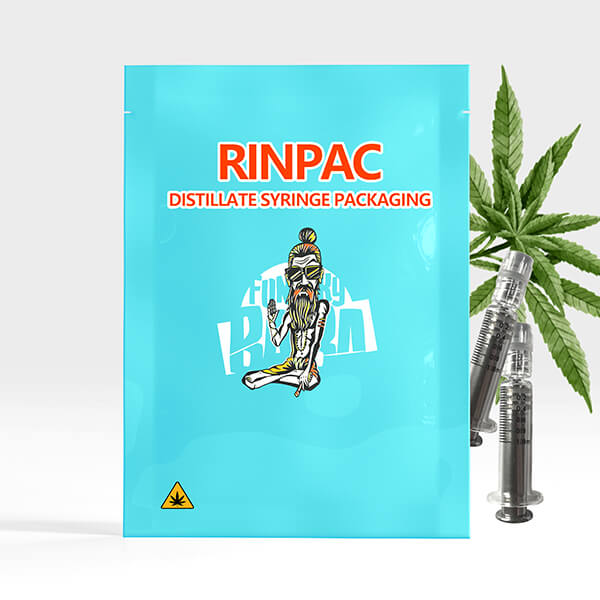
Distillate Syringe Packaging
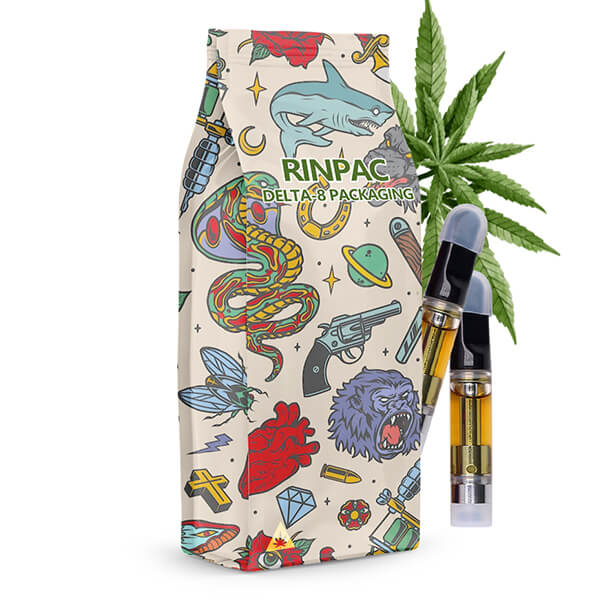
Delta-8 Packaging
CBD Packaging From Rinpac
CBD, short for cannabidiol, has become a household name in recent years, thanks to its potential health benefits. As the CBD industry continues to grow, one essential aspect that often goes overlooked is CBD packaging. Packaging plays a pivotal role in preserving the integrity of CBD products and in capturing the attention of potential customers. In this article, we will delve into the world of CBD packaging, exploring its significance, various types, sustainability, regulatory aspects, and more.
Introduction to CBD Packaging
Packaging is not merely a means of housing CBD products; it serves as the first point of contact between the product and the consumer. The right packaging can create a lasting impression and build trust. It is a visual and tactile representation of the brand and its commitment to quality.
The Importance of CBD Packaging
The importance of CBD packaging cannot be overstated. It safeguards the product from external factors like light, air, and moisture, which can degrade the quality of CBD. Additionally, it prevents contamination and ensures that the product remains safe for consumption.
Factors to Consider in CBD Packaging
Material Selection
Choosing the right material for CBD packaging is critical. Glass bottles, plastic containers, and pouches are common options. Each has its advantages and disadvantages, affecting product protection and presentation.
Labeling and Branding
A well-designed label with clear information and branding is vital. It communicates product details, dosage, and company identity. The label should resonate with the target audience and comply with regulations.
Childproof Packaging
Safety is paramount when dealing with CBD, especially when there are children around. Childproof packaging is a legal requirement to prevent accidental ingestion.
Types of CBD Packaging
Bottles and Jars
Glass and plastic bottles are popular for CBD oils and tinctures. They provide protection from light and air, keeping the product fresh.
Pouches and Bags
Flexible packaging like pouches and bags are convenient for CBD edibles. They are easy to seal and protect against external elements.
Boxes and Tins
CBD products such as creams and topicals often come in boxes or tins. These provide a premium look and feel.
Sustainable Packaging Solutions
In an era of environmental consciousness, sustainable packaging is gaining traction. Many customers prefer products that come in eco-friendly packaging.
Regulatory Compliance
CBD packaging must adhere to regulatory guidelines. This includes clear labeling, compliant design, and third-party testing. Failure to comply can lead to serious consequences.
Trends in CBD Packaging
The CBD industry is continually evolving, and so is its packaging. New trends in packaging design, such as minimalism, are emerging to attract a broader customer base.
How to Choose the Right CBD Packaging
Selecting the right packaging is a strategic decision. Factors like product type, target audience, and branding must all be considered.
Customization and Branding
Customizing CBD packaging can set a brand apart from the competition. Tailoring packaging to reflect the brand’s identity is a valuable marketing strategy.
Cost Considerations
Balancing quality and cost is essential in CBD packaging. It’s an investment that should be sustainable for your business.
Benefits of High-Quality CBD Packaging
High-quality packaging not only protects the product but also enhances its perceived value. It can lead to customer loyalty and repeat business.
The Role of Packaging in Marketing
Packaging is a silent salesperson. It conveys the brand’s message and influences the consumer’s purchasing decision.
CBD Packaging and Product Safety
The safety of CBD products relies heavily on packaging. Tamper-evident seals, childproof lids, and quality materials are key to ensuring consumer well-being.
Customer Experience and Packaging
The unboxing experience is crucial. Packaging should be user-friendly, leaving customers with a positive impression.
Conclusion
In conclusion, CBD packaging is an integral part of the CBD industry. It goes beyond mere containment, playing a significant role in product protection, marketing, and customer experience. As the industry evolves, businesses must pay close attention to packaging trends, sustainability, and compliance to stand out in this competitive market.
FAQs
Can I use any type of packaging for my CBD products?
No, the choice of packaging should align with the product type and customer expectations. For instance, oils may require dark glass bottles for protection from light.
Are there specific regulations for CBD packaging?
Yes, there are regulations regarding labeling, childproofing, and safety. It’s essential to stay informed and compliant.
What are the benefits of sustainable CBD packaging?
Sustainable packaging is eco-friendly and appeals to environmentally conscious consumers. It also reflects positively on your brand.
How can I create a unique packaging design for my CBD products?
Work with a professional designer who understands your brand identity and target audience to create a distinctive design.
Is CBD packaging really that important for my business?
Yes, CBD packaging can make or break your business. It’s the first impression customers have of your product and brand, and it plays a significant role in safety and marketing.
